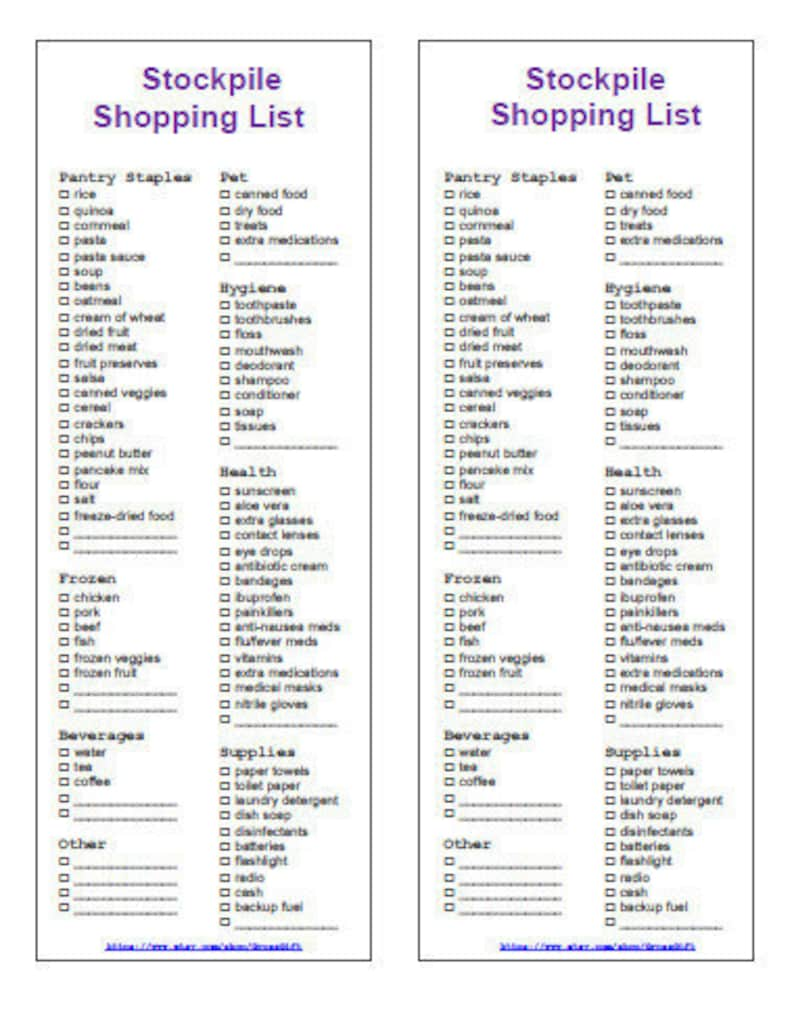

Don’t all taste the same so you come down with food fatigue.Īre you struggling to keep track of your stockpile or unsure what to store? Our workbook and inventory sheets can help.Have minimal packaging so your location doesn’t get littered with trash.Won’t be damaged easily (for example, nothing in glass jars).Can be cooked/prepared with very little fuel and water.In these situations, our survival food requirements will drastically change. For example, if there is an EMP attack or nuclear disaster, we might be forced to hunker down in our homes (bug in) for over a month. These are situations that hopefully will never occur, but you will want to be prepared for them in case they do. Also, red lentils are on the list because they, too cook really quickly with presoaking. I did include couscous on the list because it cooks in just 2 minutes. Canned foods are ideal because they can survive flooding and other damage.įor your carbs, choose instant mashed potatoes (which can be made with cold water in a pinch) and crackers. You shouldn’t light any fire if you suspect a gas leak.įor short-term emergencies, no-cook foods are the safest bet. For example, during earthquakes, it is common for gas leaks to occur. On top of that, cooking with fire isn’t always safe after an emergency. However, if you are trying to cook dry beans, you will blow through fuel very quickly.

You can use one of these off-grid cooking methods. In an emergency situation, you probably won’t have power for cooking. Rice and pasta are a bit better, but even they take a long time to cook. Even with presoaking, you will still need to cook dry beans for about an hour. The reason for this is that they take a really long time to cook. You’ll notice that I didn’t include some of the “obvious” survival foods on this list, like dry beans, pasta, and rice.
#37 FOODS TO STOCKPILE LIST HOW TO#
Powdered milk – Learn how to make powdered milk.Canned food: Including canned meat, beans, fish, fruit, vegetables.Read how much water you really need for emergencies. This includes water for drinking, cooking, and hygiene. Have at least 1-2 gallons per person, per day. WATER: During blizzards, hurricanes, and other disaster situations, it is common for the water to go off.You won’t need a lot of survival food for these situations, especially because you will be able to eat through your regular food supply (and will especially have to hurry to consume those frozen foods if the grid goes down!).īut there are some items which are absolutely necessary: They also include short-term power outages. They include situations like blizzards where you are trapped in your home and unable to go grocery shopping. These are the most common types of disasters that we come up against.


The term “survival food” is actually really generic.


 0 kommentar(er)
0 kommentar(er)
